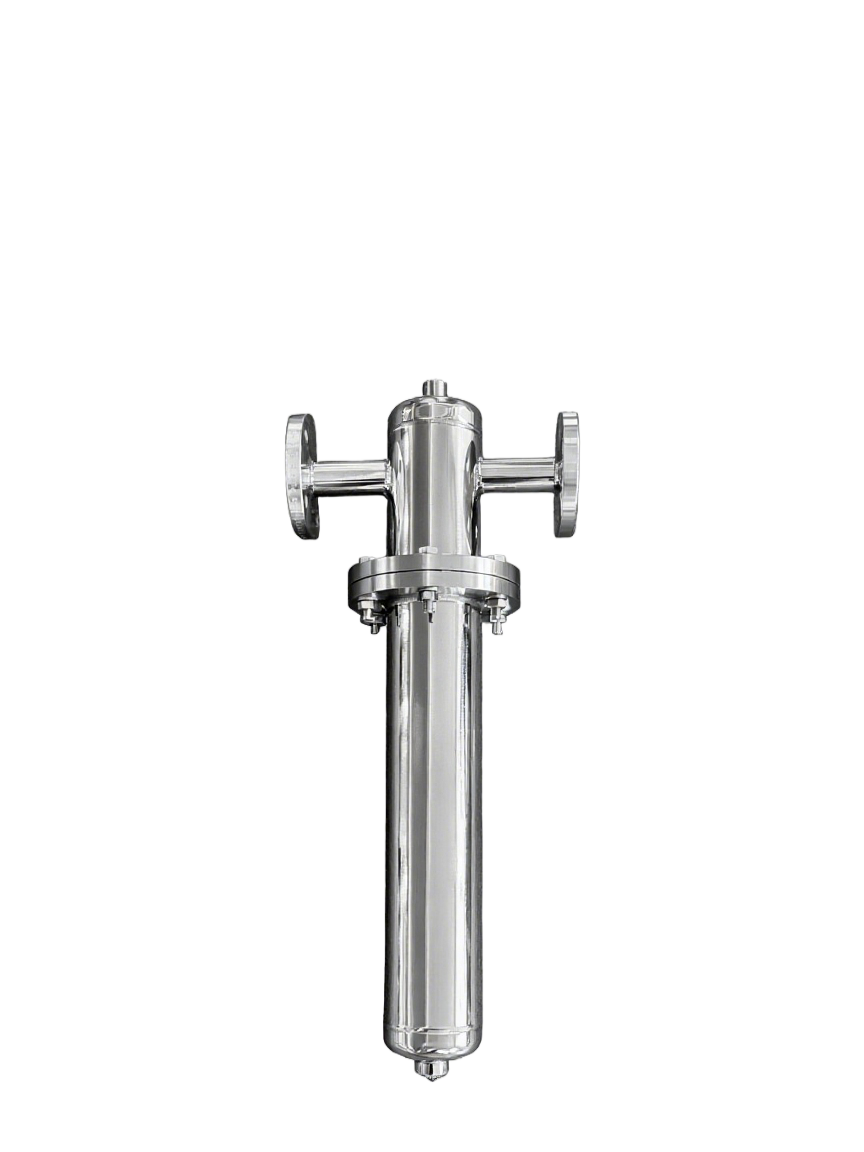The Essential Guide to Choosing the Right Leaf Blower: Key Features and Considerations
As the seasons change and leaves begin to fall, the need for an efficient leaf blower becomes paramount for homeowners and landscapers alike. However, with a myriad of options available on the market, understanding what is important in a leaf blower can significantly impact your purchasing decision and overall satisfaction. This guide delves into the critical features and considerations that should inform your choice, ensuring you select a leaf blower that meets your specific needs.
- Power Source: Gas vs. Electric vs. Battery
The first consideration when choosing a leaf blower is its power source. Each type has its advantages and disadvantages:
- Gas-Powered Leaf Blowers: These are typically more powerful and suitable for larger areas. They can handle heavy debris and are ideal for professional landscapers. However, they tend to be heavier, noisier, and require more maintenance, including fuel mixing and oil changes.
- Electric Leaf Blowers: Available in corded and cordless models, electric blowers are generally lighter and quieter. Corded models offer unlimited runtime but can be limited by the length of the cord, while battery-powered models provide mobility but may have limited run times depending on the battery capacity. Electric blowers are often more environmentally friendly and require less maintenance.
- Battery-Powered Leaf Blowers: These have gained popularity due to advancements in battery technology. They offer the convenience of cordless operation with decent power levels, making them suitable for residential use. However, it’s essential to consider the battery life and charging time to ensure it meets your needs.
- Airflow and Speed: CFM and MPH Ratings
When evaluating leaf blowers, two critical metrics to consider are Cubic Feet per Minute (CFM) and Miles per Hour (MPH):
- CFM (Cubic Feet per Minute): This measures the volume of air the blower can move. A higher CFM indicates that the blower can move more leaves and debris in a shorter amount of time, making it crucial for larger areas or heavy debris.
- MPH (Miles per Hour): This measures the speed of the air coming out of the blower. While high MPH can help in dislodging stubborn debris, it’s essential to balance speed with airflow. A blower with high CFM and moderate MPH is often more effective than one with high MPH but low CFM.
- Weight and Ergonomics
The weight of the leaf blower is a significant factor, especially for prolonged use. A lighter model can reduce fatigue and make it easier to maneuver, particularly in tight spaces or when working for extended periods. Ergonomic design features, such as padded handles and adjustable straps, can enhance comfort and reduce strain on the user.
- Noise Levels and Environmental Impact
Noise pollution is an often-overlooked aspect of leaf blowers. Many municipalities have noise ordinances that restrict the use of gas-powered blowers during certain hours. Electric and battery-powered models are generally quieter and may be more suitable for residential areas. Additionally, considering the environmental impact of your leaf blower is crucial. Electric models produce zero emissions, while gas models can contribute to air pollution.
- Versatility and Additional Features
Some leaf blowers come with additional features that enhance their versatility:
- Vacuum and Mulching Capabilities: Many models can double as vacuums, allowing you to collect leaves and debris. Some even have mulching features that shred leaves, reducing their volume and making disposal easier.
- Variable Speed Settings: Having the option to adjust the speed can be beneficial for different tasks, such as blowing light debris versus heavy leaves.
- Nozzle Attachments: Different nozzle attachments can help direct airflow more effectively, making it easier to tackle various tasks.
- Budget Considerations
While it may be tempting to go for the cheapest option, investing in a quality leaf blower can save you time and effort in the long run. Consider your budget in relation to the features you need. A higher upfront cost may be justified by durability, efficiency, and performance.
Conclusion
Choosing the right leaf blower involves careful consideration of various factors, including power source, airflow ratings, weight, noise levels, and additional features. By understanding what is important in a leaf blower, you can make an informed decision that meets your specific needs, whether for residential use or professional landscaping. Investing in the right equipment not only enhances your efficiency but also ensures that your outdoor spaces remain tidy and inviting throughout the seasons.
